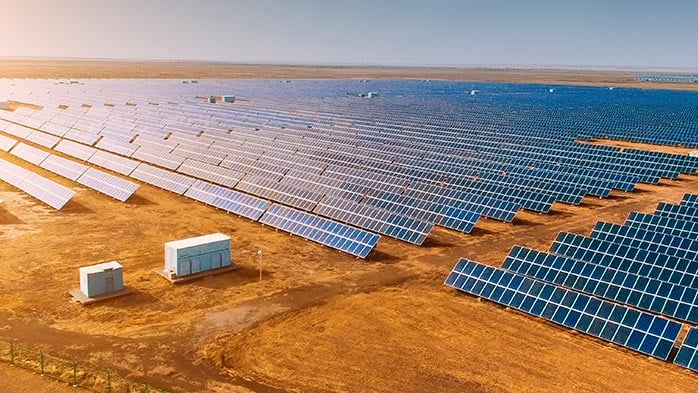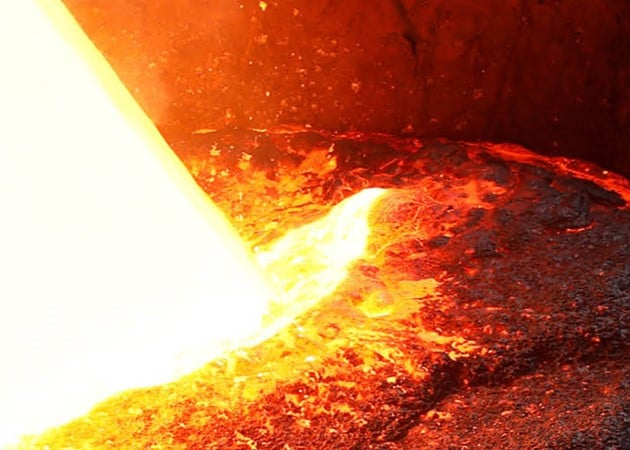The US, EU and Japan are following different paths to decarbonise. The mix of technologies being promoted is different, although solar PV will be important everywhere. The approach to incentives is also different, with the US relying primarily on subsidies, in contrast to the mixed approach (subsidies, carbon pricing and regulation) in the EU and Japan.
Perhaps the most striking way in which climate policy differs is in the way the US, through the Inflation Reduction Act (IRA), is linking green policy to industrial and trade policy. Historically, decarbonisation policy in the EU has tended to be trade-neutral. The IRA represents a substantial break with the European playbook. Rather than just providing a subsidy at the point of power generation, or investment in capacity, the IRA also gives subsidies further upstream in the supply chain, creating incentives to manufacture systems and components for solar, wind, batteries, EVs and inverters within the US.
Companies and policymakers in the EU are understandably concerned that investment in these fast-growing sectors will be diverted from Europe to the US, at a time when European producers of green tech are already facing fierce competition from China (particularly in EVs and solar PV). In response to the IRA, the EU has set out its own targets for EU production in green tech sectors. In contrast, Japanese policy seems to be less focused on boosting domestic capacity in clean tech, partly because of the high cost of deploying these technologies domestically.
Whether Western subsidies and trade restrictions are effective at building up domestic capacity, in the face of competition from China, will depend on the sector in question. For batteries and EVs, substantial amounts of investment are being poured into plants in North America and Europe. Based on the experience of Japanese automakers entering the US market in the 1980s, history would suggest that most cars will ultimately be built close to market.
In contrast, it will be very difficult to dislodge China’s from its dominant position in the solar PV supply chain. Exawatt’s cost analysis shows that the IRA advanced manufacturing subsidies should make US solar modules competitive with the Southeast Asian assembled modules currently being imported into the US. US module capacity could plausibly be boosted to over 80 GW per year by 2025. However, as Figure 1 below shows, this is a drop in the ocean compared to current Chinese capacity of around 1,000 GW.
Extra solar module capacity in the US could be sufficient to meet domestic demand as the US ramps up the roll-out of renewables (Figure 1). But expanding US capacity further up the supply chain will be progressively more difficult, as China’s domination in cell and wafer technology is so extensive that there is limited expertise in the West. Additionally, capex requirements are higher and lead times are longer further upstream in the value chain.
We are unlikely to see either US or European firms compete seriously with Chinese solar PV manufacturers in third markets, which will become increasingly important as more countries seek to decarbonise electricity supply.
















